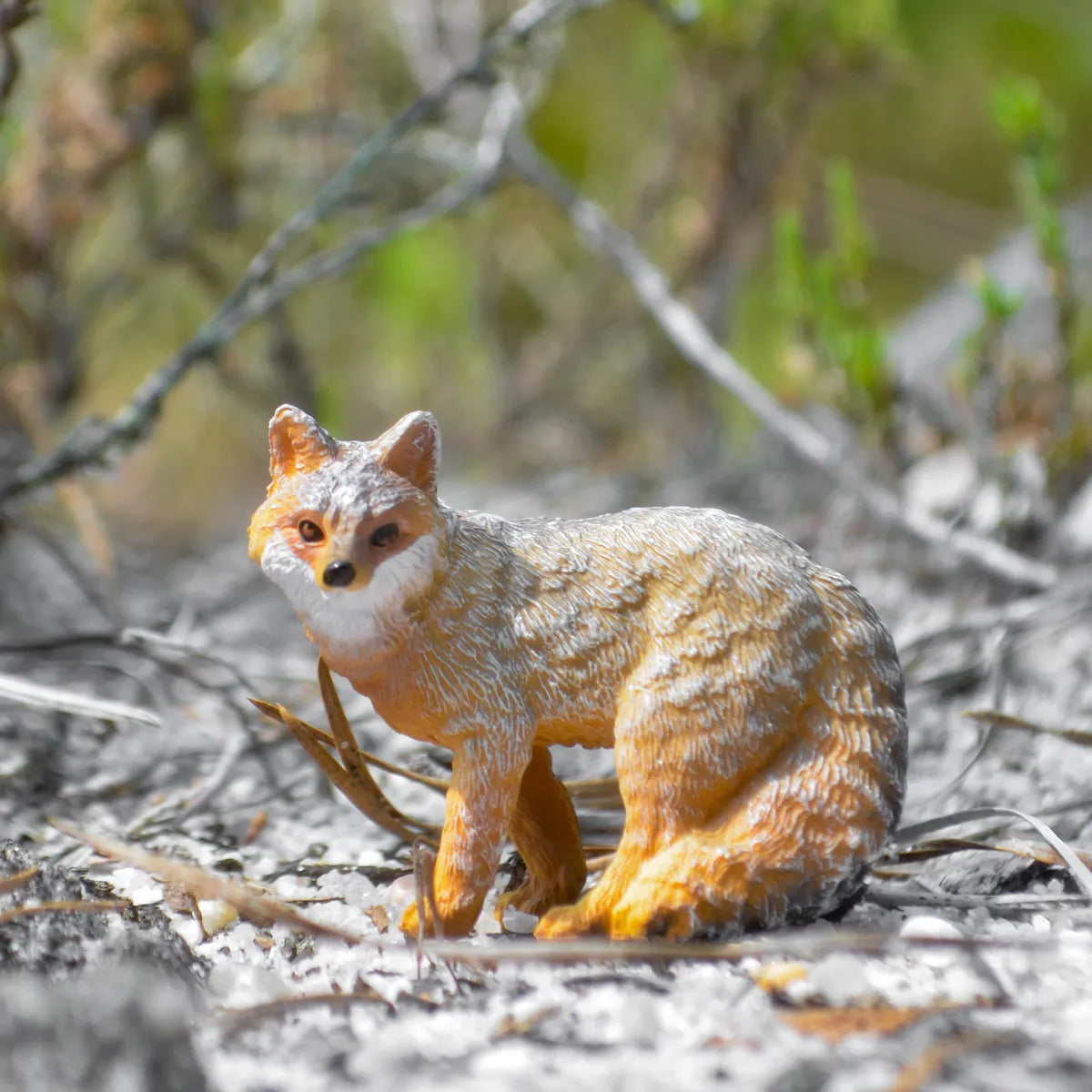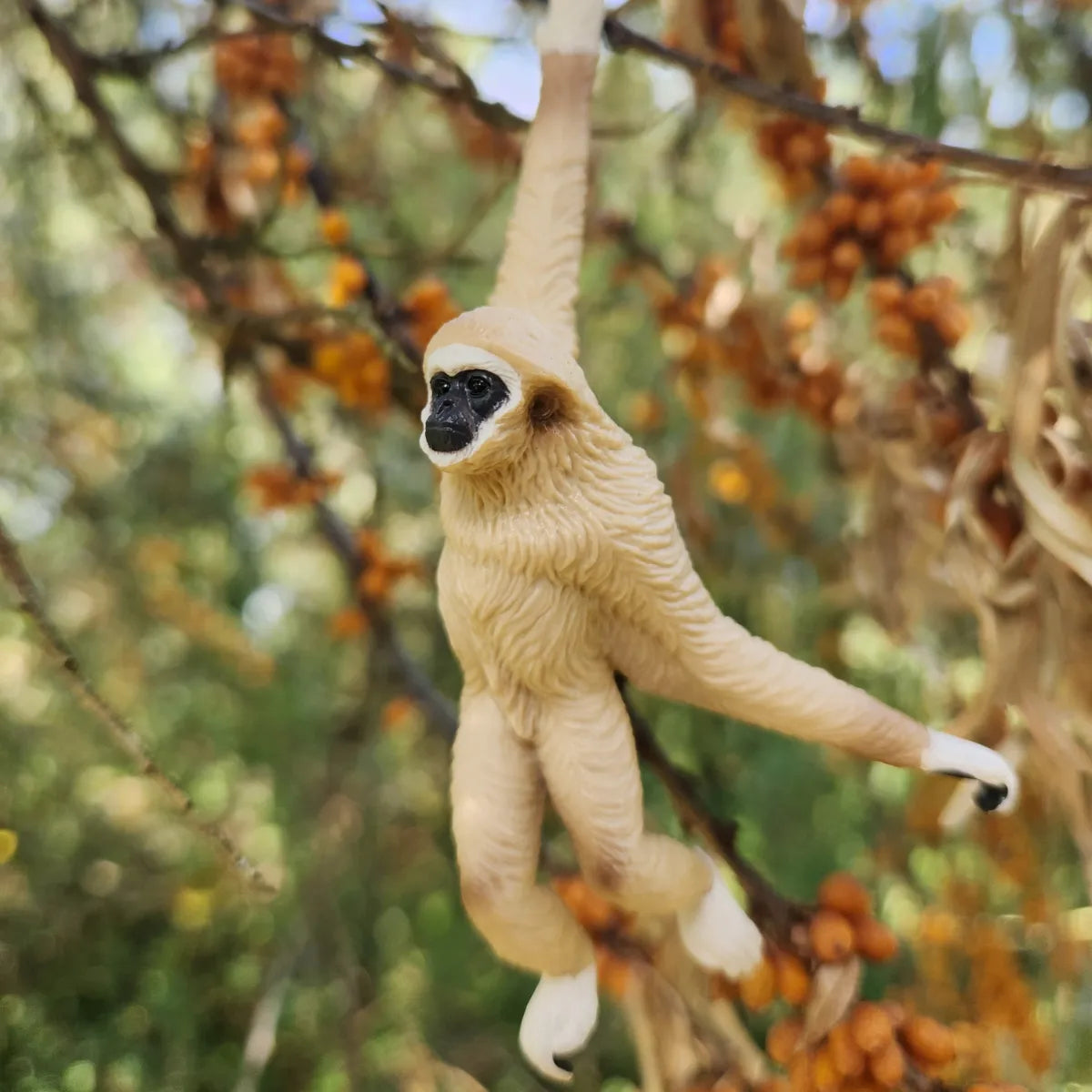
Pronghorn
The Pronghorn (Antilocapra americana), often mistakenly called an antelope due to its resemblance to true antelopes of Africa and Eurasia, is a unique North American mammal. It holds the title of the fastest land animal in the Western Hemisphere, capable of reaching speeds up to 55 miles per hour (88 km/h). Pronghorns are known for their remarkable speed and endurance, adaptations that have enabled them to evade predators on the open plains for millennia.
Scientific Name
Antilocapra americana
Behavior
Pronghorns are known for their exceptional speed, capable of reaching speeds up to 55 mph, making them the fastest land mammal in the Western Hemisphere. They are highly migratory and travel in herds, utilizing their speed as a primary defense mechanism against predators. Pronghorns are also unique for their excellent vision, which allows them to detect threats from great distances.
Breeding
The breeding season for pronghorns occurs in late summer to early fall. Males, known as bucks, establish territories and gather harems of females for breeding. They engage in dramatic displays and fights to assert dominance and attract mates. After a gestation period of about 7.5 months, females typically give birth to twins in the spring.
Characteristics
Pronghorns are distinct for their long, slender legs and their prominent, forked horns, which both males and females possess. Unlike true horns, pronghorn horns are shed and regrown annually. They have a tan to reddish-brown coat with white markings on their rumps, sides, and throats, which can help them blend into their grassland and desert habitats.
History
Pronghorns have a long history in North America, dating back over a million years. They evolved alongside predators like the now-extinct American cheetah, which influenced their remarkable speed. Despite facing near-extinction in the late 19th and early 20th centuries due to overhunting and habitat loss, conservation efforts have significantly increased their numbers.
Current Status
Today, pronghorn populations are relatively stable, thanks to successful conservation measures, including habitat restoration and regulated hunting. They are primarily found in the western United States, Canada, and northern Mexico. However, they continue to face challenges from habitat fragmentation and barriers to migration, such as fences and roads.





